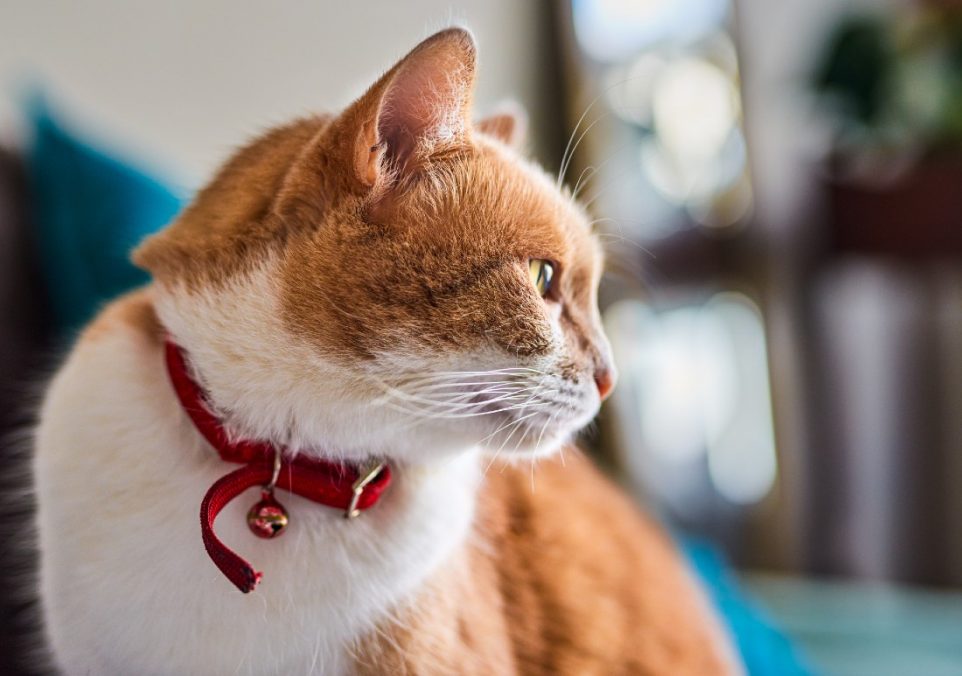How Tight Should a Cat Collar Be?

When caring for our feline companions, attention to detail makes all the difference in their well-being and safety. A key aspect often overlooked is the fit of a cat collar. While it might seem like a simple accessory, the correct tightness of a cat collar is crucial for your pet’s comfort and safety. Whether it’s for identification, style, or health purposes like flea control, ensuring that the collar fits just right is a responsibility that cat owners should take seriously.
This guide aims to demystify the process, offering practical tips and considerations for finding the ideal fit for your cat’s collar. From the risks associated with ill-fitting collars and the nuances of different collar types to special considerations for various breeds, this article provides a comprehensive overview to help you make informed decisions for the welfare of your beloved feline friend.
The Importance of Correct Collar Fit
The fit of a cat collar is not just a matter of comfort—it’s also a safety issue. A collar that’s too tight can cause discomfort, restrict breathing, or even lead to injuries. Conversely, a loose collar can catch on objects, posing a risk of strangulation or enabling the cat to slip out of it and get lost.
Beyond safety, the correct fit ensures your cat’s comfort and overall health. A well-fitted collar won’t interfere with your cat’s natural movements or grooming habits.
Measuring for the Perfect Fit
To ensure a snug yet comfortable fit, you’ll need a flexible tape measure to measure your cat for a collar. Gently wrap the tape around your cat’s neck where the collar would sit. make sure that the tape is snug but tight enough.
A general guideline is the “two-finger rule.” Once the collar is on, you should be able to slide two fingers between the collar and your cat’s neck. This space ensures the collar is tight enough to stay on but loose enough for comfort and safety.
Types of Cat Collars
- Standard collars: Standard collars are the most common type. They’re typically made of nylon or leather and come in various colors and patterns.
- Breakaway collars: Breakaway collars are thoughtfully designed to unfasten automatically if the collar gets caught on something. This feature significantly reduces the risk of strangulation.
- Elasticated collars: These collars have an elastic section that allows the collar to stretch if it gets caught, enabling the cat to free itself.
Special Considerations
Kittens
Kittens grow rapidly, so their collars need more frequent adjustments. Check the fit regularly and choose adjustable collars that grow with your kitten.
Long-haired Cats
For long-haired cats, ensure the collar doesn’t mat or tangle the fur, which can cause discomfort or skin issues.
Outdoor vs. Indoor Cats
Outdoor cats may benefit more from breakaway collars for increased safety. Indoor cats might be comfortable with standard collars.
Maintenance and Regular Checks
Clean the collar regularly to prevent buildup of dirt and oils that can irritate your cat’s skin. Be sure to check the fit of your cat’s collar frequently, especially if your cat is still growing or has fluctuations in weight.
When to Remove the Collar
Remove the collar during grooming sessions to ensure a thorough clean and to check for any signs of irritation or injury around the neck. Also, if your cat shows discomfort or distress with the collar, remove it and reassess the fit.
Conclusion
The well-being of your feline friend is the top priority, and a properly fitted collar plays a crucial role in their overall care. The perfect fit balances safety, comfort, and functionality. By following these guidelines and regularly checking the fit, you can ensure that your cat’s collar is a positive part of their daily life.
Your Pet’s Best Interest, Always
At Pet Institute, we take pet care seriously. We're dedicated to transparency, impartiality, and the well-being of your pets in every article, review, and recommendation we provide. Our unwavering commitment to these principles ensures that you, our valued reader, always receive reliable and unbiased information. Let us be your trusted guide in the world of pet care and companionship.